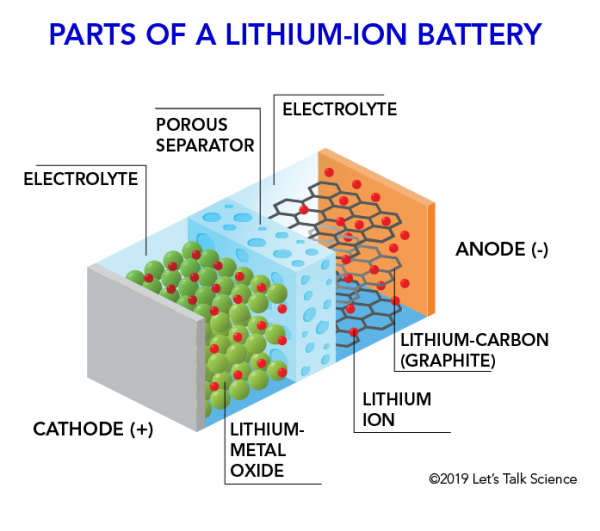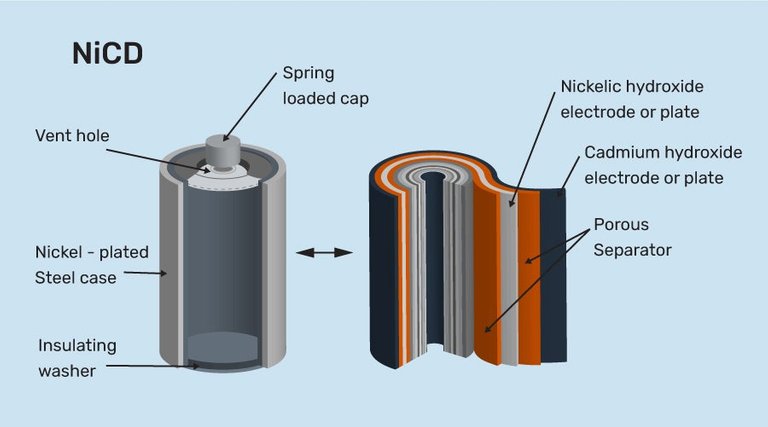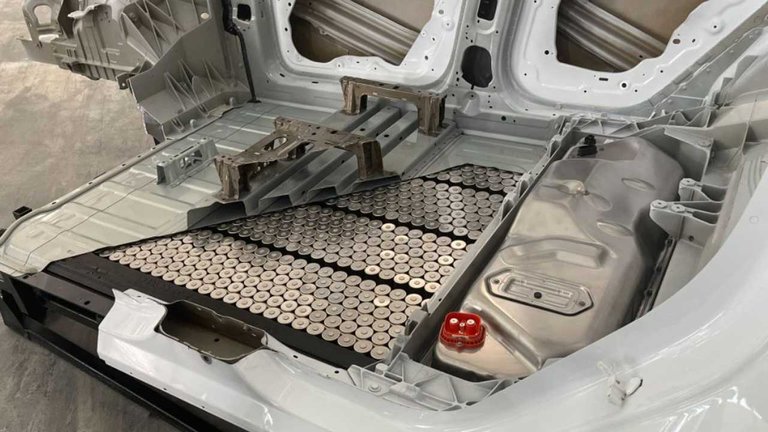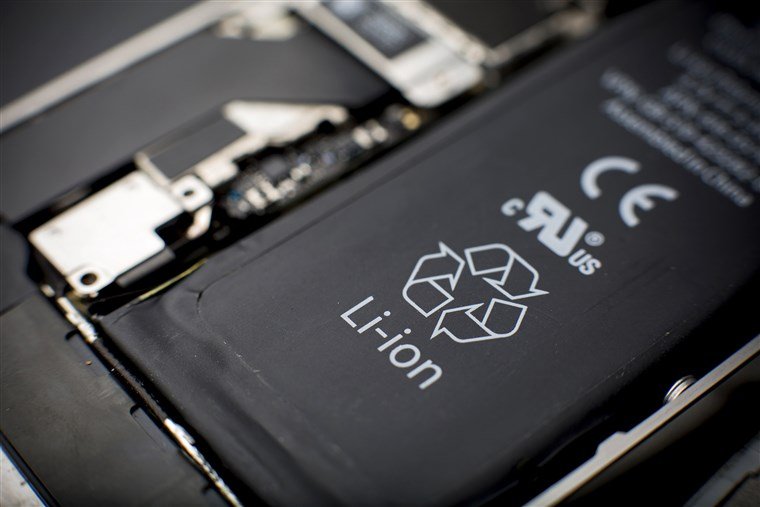Let's discuss Lithium ion batteries, what are they and how do they work?
When it comes to power and the supply or source of energy that is responsible for it, a number of factors are taken into account by the responsible stakeholders.
These said factors vary depending on the specific utilities of the energy provided, however generally considered factors include but are not limited to lifespan of the energy source, ability to operate the energy source safely from hazardous states like high heat, output of the energy source among others.
The conditions required in order to have a efficient energy source has led to many wide researches aimed at arriving at the most desirable results regarding the provision of energy for use.
In today's world, some of the most common sources of energy that we have are batteries.
Batteries are used to supply energy in form of electricity in many devices, appliances and machines.
The implementation of batteries as energy sources are extensive with batteries being used in simple household accessories like wall clocks to more complex devices like phones and even much more bigger machines like vehicles.
With the point made above, we should be able understand now the reason why a lot of optimization must be applied to the creation of batteries.
The evolution of attempts at optimizing batteries for efficiency has brought about varieties of them over the years and among the ones considered to be the most efficient we have Lithium-ion batteries or Li-ion batteries for short.
What are Lithium-ion batteries?
In the world of variations of rechargeable batteries, nickel-cadmium batteries and lithium-ion batteries are reputed to be the most high quality types.
A lithium-ion battery is a battery that uses lithium ions in combination with an electrolyte to produce electricity.
While a Li-ion battery is discharging, isolated and ionized Lithium atoms move from the anode to the cathode passing through the electrolyte to get to its destination.
This process is reversed for while the battery is charging again using the electrolyte as a point of transit.
Lithium is a preferred element for these batteries due to the small size of its ions and their ability to store and carry more charges per ion.

Source - Inner working of a Li-ion battery
Lithium compounds are often used as electrodes from which the lithium ions can be extracted.
Li-ion batteries are generally low maintenance and can deliver up to 3 times more voltage than nickel-metal hydride batteries.
However, this does not mean that Li-ion batteries are the perfect choice as they come with their own shortcomings and complications in a way.
Heat is a major concern when it comes to a side-effect of usage of Li-ion batteries. The release of heat by Li-ion batteries can easily cause damage to the battery or entity it powers if care is not taken and it exceeds its limits.
Differences between nickel-metal hydride and lithium ion batteries
The two top competing rechargeable battery technologies in the world today have some unique distinctions that sets them apart and can influence decisions while making choices between the two.
For example, one distinction is that while Li-ion batteries are generally weightless than nickel-metal batteries, the latter is considerably lesser in price and more affordable than the former.
Li-ion batteries use lithium compounds to produce lithium ions while nickel-metal batteries use hydrogen compounds to produce hydrogen ions with ions from both elements serving the same purposes.

Source - Nickel cadmium battery
Some examples of machines and devices that use lithium ion batteries
Li-ion batteries can be found in any of the following
- Electric vehicles
- Portable power packs
- Scooters and electric wheelchairs
And so on.

Source - Tesla Model Y Battery Pack
What can we expect Li-ion batteries to evolve into
Due to a constant demand for electricity and energy required to produce it, we can safely say that in the future more studies will be conducted and discoveries will be made in a direction that returns much more efficient Li-ion batteries producing less heat, with longer battery life and more energy for consumption.
References
- What is a lithium ion battery and how does it work?
- How can lithium ion batteries improve hybrid?
- The common uses of a lithium ion battery

LEt's wait for more efficient lithium batteries =)

!1UP
You have received a 1UP from @gwajnberg!
@stem-curator, @vyb-curator, @pob-curator, @pal-curator
And they will bring !PIZZA 🍕.
Learn more about our delegation service to earn daily rewards. Join the Cartel on Discord.
PIZZA Holders sent $PIZZA tips in this post's comments:
@curation-cartel(16/20) tipped @gotgame (x1)
Please vote for pizza.witness!
Hi. I checked the images and found out that most of them are copyrighted or their license is not clear. We encourage our authors to use public domain images and such. If the copyrighted picture is absolutely necessary to prove a point and there are no free alternatives, then you can use one of them but you need to state that and it's used for an educational purpose.
Hello @eniolw, thank you for the heads up. I have just updated the post by adding a little note at the bottom stating that the images are for educational purposes exclusively. In the future, I will take your comments here into account while creating posts. Thank you again